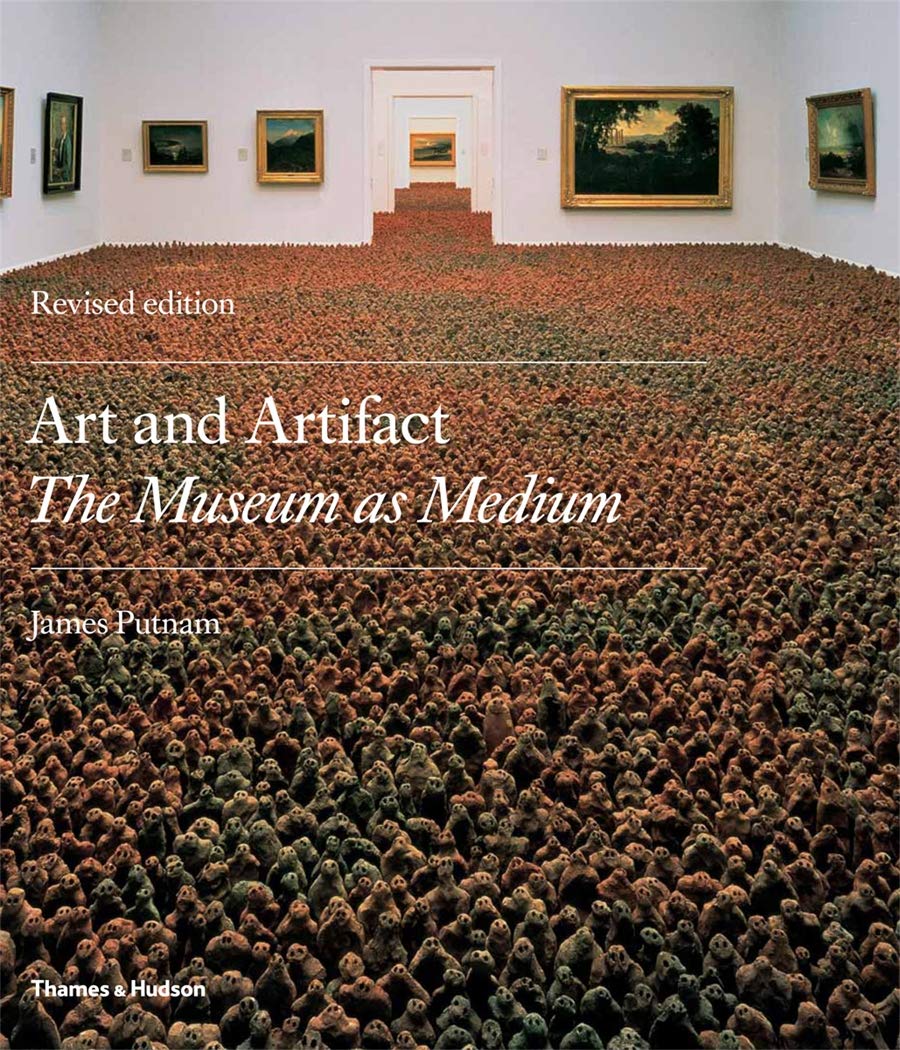About this deal
By bidding on, or purchasing this item, you are agreeing to us sharing your name and address details with that 3rd party supplier to allow us to fulfil our contractual obligations to you. The Korea Gallery at the Smthsonian's National Museum of Natural History presents Korea's millennia of history and its distinctive culture through ceramics, paintings, textiles, and sculptures, ranging from the 6th century B. In the history of traditional display, contemporary artists such as Damien Hirst have adapted their style of work to this method of display. This is a relationship with a long history, whose full significance has been realized in the activities of artists in recent decades.
It also shows how artists have questioned the role of museums, observed their practices, intervened in them and helped to redefine them. Some terminology that may be used in this description includes: Poor A book with significant wear and faults. This paper was published in October 2016 as part of a Courtauld Online Books project entitled Revisiting The Monument: Fifty Years since Panofsky’s Tomb Sculpture, edited by Ann Adams and Jessica Barker. The book has been updated to include recent projects that make use of grand architectural spaces within the museum, as well as those that explore off-site locations and the internet. This edition includes artists’ projects that make use of grand architectural spaces within the museum, as well as those that explore off-site locations and the internet, capitalizing on the idea of the 21st-century ‘museum without walls’.Finance is provided by PayPal Credit (a trading name of PayPal UK Ltd, Whittaker House, Whittaker Avenue, Richmond-Upon-Thames, Surrey, United Kingdom, TW9 1EH). In this way the probing instinct of the creative mind counterbalances the sense of permanence associated with the museum in a dialogue involving elements of the past, present and future. Citing a range of examples, this title shows the ways in which artists have been influenced by museum systems and made their works into simulations of the museum.
Assemblages of found objects or artists’ possessions have served as an extension of the artist’s studio, a storage place where both ideas and materials are evaluated. This collection of essays examines the great contribution made by Tomb Sculpture to the field, extends the debates begun by Panofsky, and suggests new avenues of enquiry within a rapidly expanding field. Without rival, this is one of those rare books that will become essential reading for everyone interested in the development of art and its presentation to the public in museum displays and installations.has sold millions of scholastic books to university libraries, academics, students and reflective bibliophiles throughout the world. Traditional methods of taxonomy, archiving, storage, and other aspects of curatorship have been variously appropriated, mimicked or reinterpreted. A poor condition book can still make a good reading copy but is generally not collectible unless the item is very scarce. He shows not only the ways in which artists have been influenced by museum systems and made their works into simulations of the museum, but also how they have questioned the role of museums, observed their practices, intervened in them, and helped to redefine them. A profusely illustrated survey of the role of contemporary artists and their work in museum presentation and display.
Introducing Korea to a broad audience, this book also presents many previously unpublished Korean artifacts and artworks. This book examines one of the most important and intriguing themes in art today: the often obsessive relationship between artist and museum. James Putnam shows not only the ways in which artists have been influenced by museum systems and made their works into simulations of the museum.
Updated from 200 1 , this new edition of Art and Artifact continues its discussion of the museum as a subject for artists and not just as a location for. From cabinets of curiosities to assemblages of found objects and imitations of museum displays, artists have often turned their attention to the ideas and systems traditionally embodied in the museum display, archiving, classification, storage, curatorship which they have then appropriated, mimicked and reinterpreted in their own work. Found objects or artists’ possessions have served as an extension of the artist’s studio, a storage place where both ideas and materials are evaluated.
Related:
 Great Deal
Great Deal 